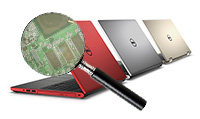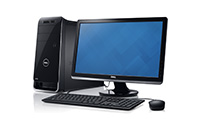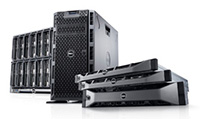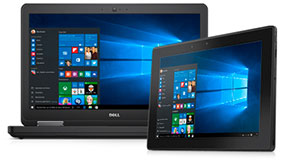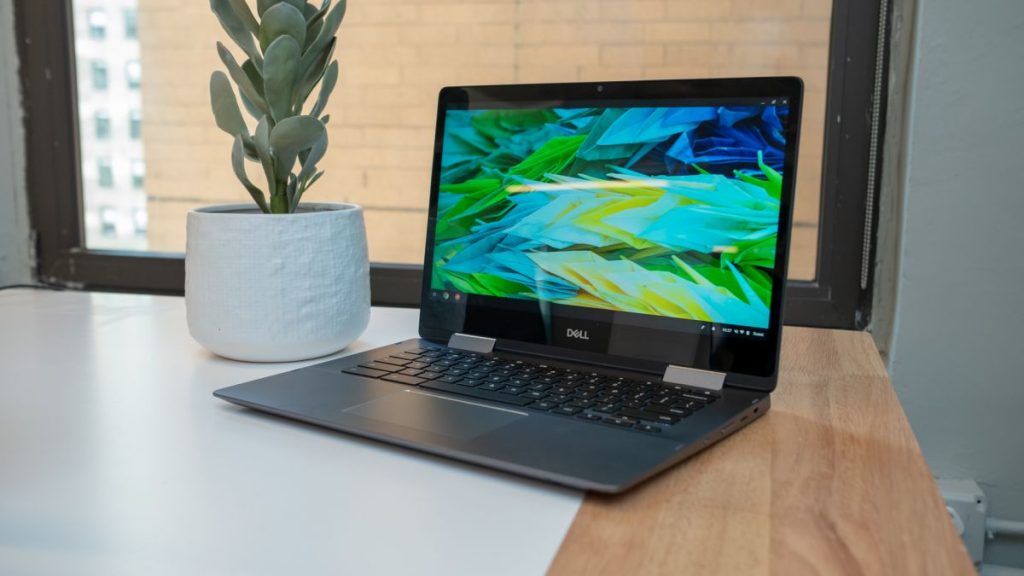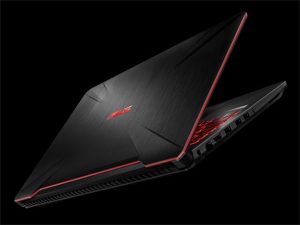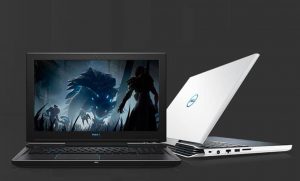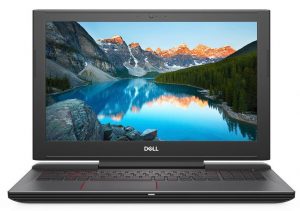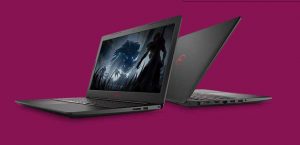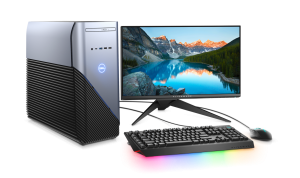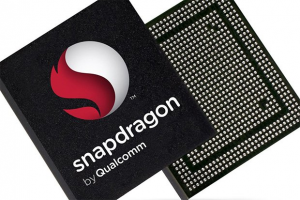

To start with, the Snapdragon 835 is ushering in a lot of firsts. While companies like Intel and TMSC are currently developing their own 10-nanometer chips, Samsung is the first to actually start building them. It also ranks first for speed, as Qualcomm has confirmed that the 835 will be the company’s fastest mobile chip. That means more than just fast processing – users will also experience better graphics, better performance within apps, and even faster LTE service. The new technology amounts to what the company says is roughly a 27 percent bump in performance, while remarkably consuming 40 percent less power than its most recent predecessor. This of course leads to much better battery life; an area that historically has suffered as a result of increased processing power. And finally, Samsung and Qualcomm managed to achieve multiple technological milestones without making any more room for them on the CPU itself. In fact, the 835 has packed 30 percent more parts into the same amount of space as before. And since the 10-nanometer chips are thinner, that officially opens the door for thinner smartphones and tablets. But how much thinner?
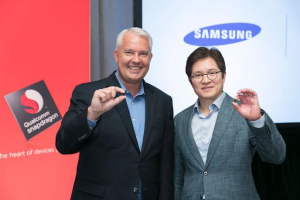


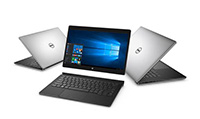 Laptop & Tablet Parts
Laptop & Tablet Parts